Urban planning and why it matters
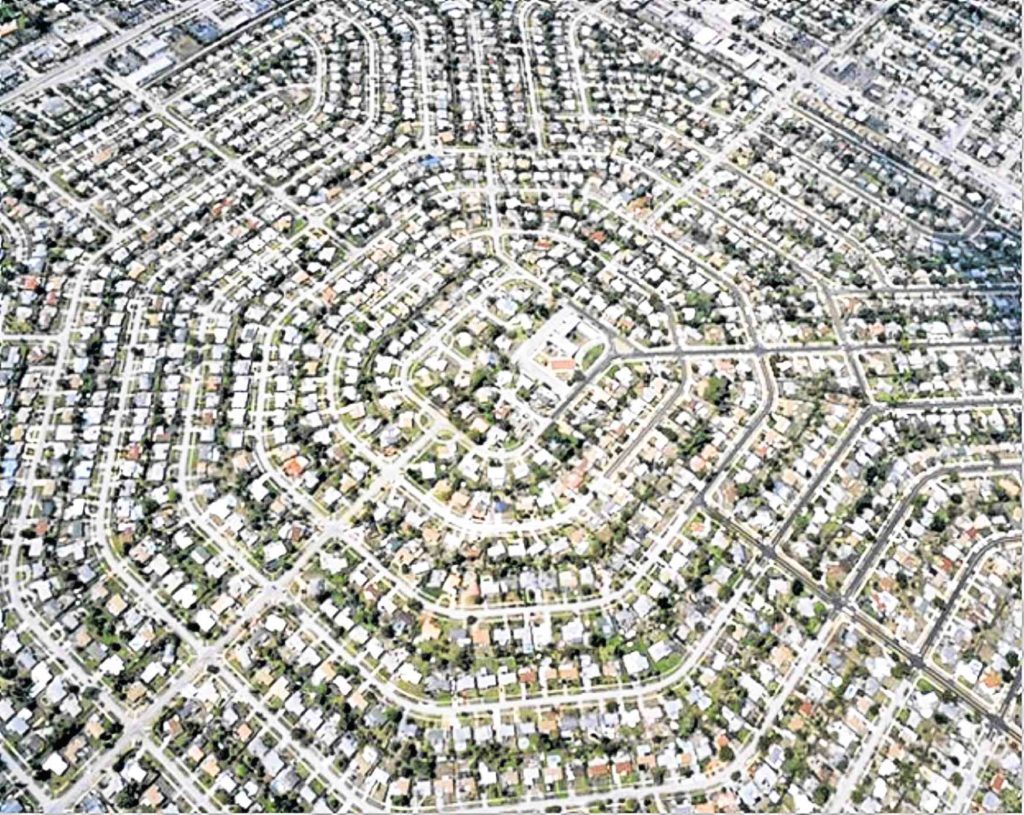
In Eden, Florida, mismanagement and waste of space, such as this example of suburbanization, reflect the lack of good area planning. Source: twisted sifter.com
When people hear “urban planning,” they tend to associate it with architecture, engineering, and design-driven fields. While these practices are closely related to planning, the latter has its unique identity and profession, beyond pretty pictures and buildings.
In the Philippines, “environmental planning” is used as the name of the profession. City planning, town and country planning, urban and regional planning, however one might call it, all pertain to the planning process of a particular place, which may be urban or rural, community level or at a metropolitan scale.
Why plan?
A place where human settlements locate naturally grows. Where humans thrive, markets flourish, transportation and connectivity become a necessity, and resources are used.
But resources are limited. The natural environment is exchanged for concrete, built-up environments in many urban areas. Land can become scarce, so we have begun to build homes vertically.
The human population continues to grow through migration and reproduction, and requires basic needs. We demand our cities to provide us with food, water, energy, and jobs. Our governments create policies to guide growth, and the business sector drives commerce and finance.
Urbanization has to be managed efficiently, and more importantly, sustainably. Urban planning addresses this. It looks at the current state of a place, studies where it needs to go, and creates ways to solve problems that may be encountered along the way.
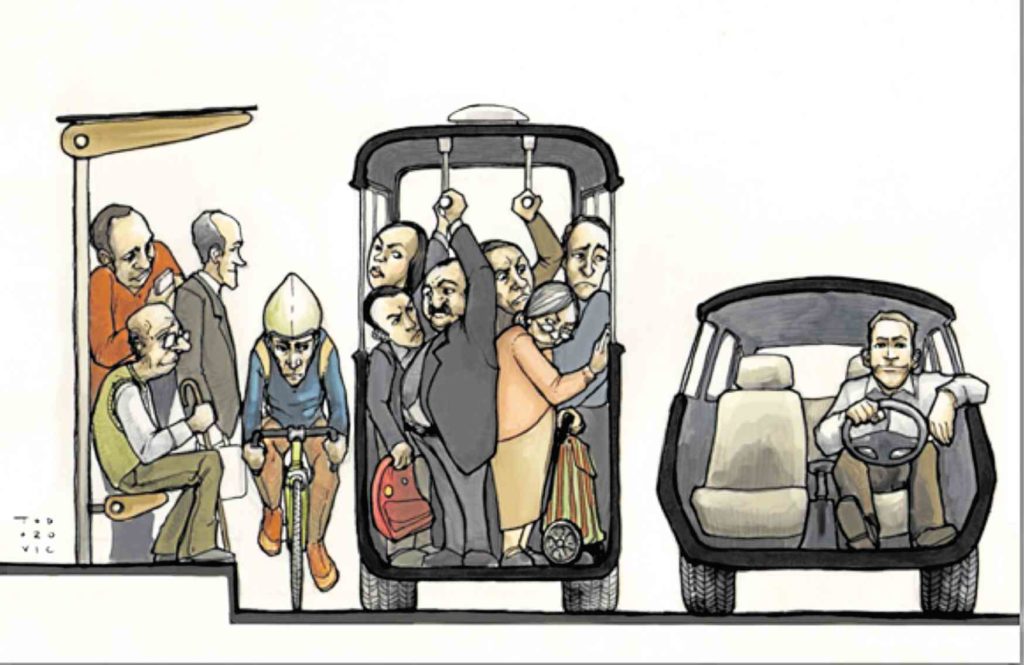
Justicia Urbana, an award winning art piece, portrays the issue of inequalities in city roads, reflecting deeper issues of urban management. Source: UN Habitat
Urbanists are thinkers of the welfare of a place, looking far into the future to ensure equity and sustainability.
Global cities
Those who have studied urban planning follow the beginning of settlements in the early cities of Mesopotamia all the way to the present global cities. Centers of power have moved from religion to governments, to markets, and presently, to technology.
Along the way, urbanists have contributed to the story of our cities in the form of grid streets from Greece and Rome, mercantile practices of the Renaissance, styles of grandeur and greenery of the British and Americans, the advent of the automobile, until our present innovations that look into sky gardens, controlled climates, and global cities.
Ideologies have also changed throughout time in city development, from authoritarian planning to citizen-led movements, or radical planning. Planners have addressed discrimination and racism, urban justice, gender, and informalities, among other issues, in the practice of urban planning.
An art, science, advocacy
Urban planning is a diverse, multi-disciplinary field.
It is a science, because it follows a process and science-based assessments. It is also an art, because of how planners use their creativity to draw nodes and strategies on a map, or how cultural aspects of a place are integrated into development programs.
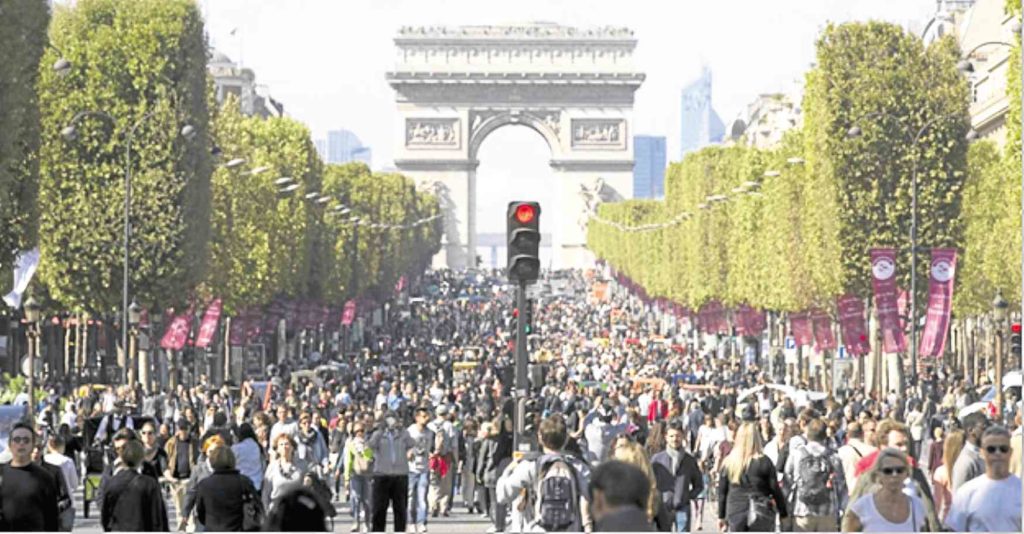
In Champ Elysees, Paris, people drive the growth and nature of a place. In this case, citizens call for a no-car weekend.
Source: https://cdn.citylab.com
Today, planners have many different branches of specialization. There are those who practice land use and environmental management. Some practice policy related issues—transport planning; estate management; resilient cities; cities with an eye-level perspective; and placemaking.
On an end note, urban planning is not only for licensed professionals and local governments, but for every citizen, who has the power and right to shape his or her own city.
The author is an environmental planner in Metro Manila. She advocates for better understanding of cities, urban management, and citizen empowerment in the Philippines.
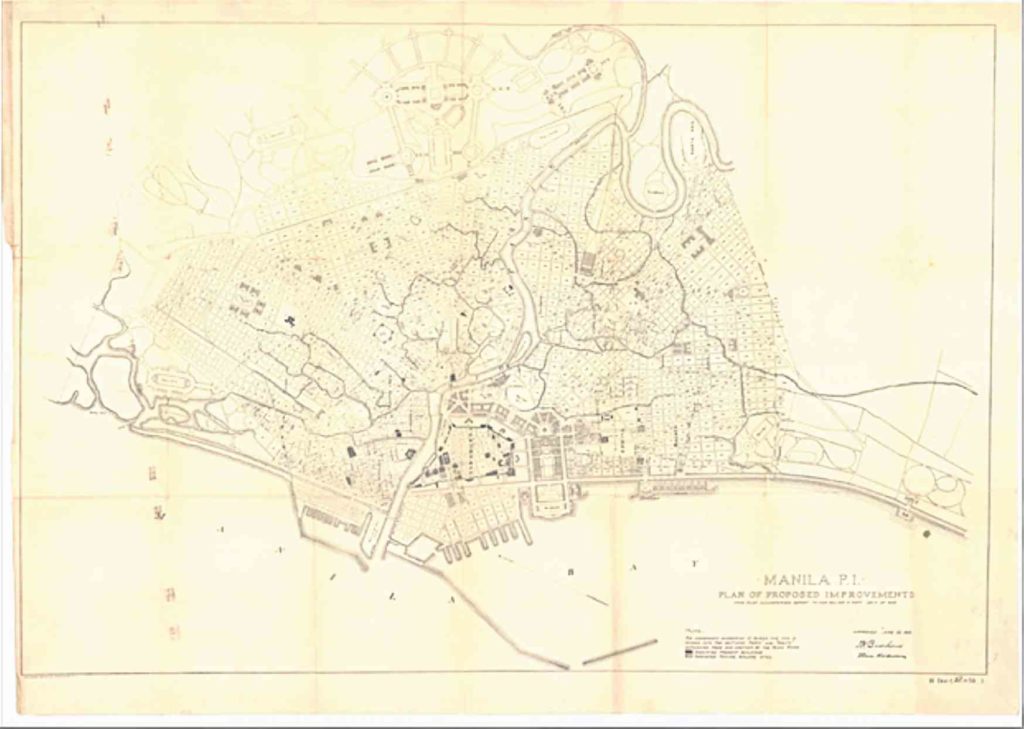
Daniel Hudson Burnham’s Plan of Manila envisioned our capital city to have the same grandeur of Chicago, Washington DC, Baltimore, and other areas characteristic of the City Beautiful Movement.
Source: https://photos1.blogger.com
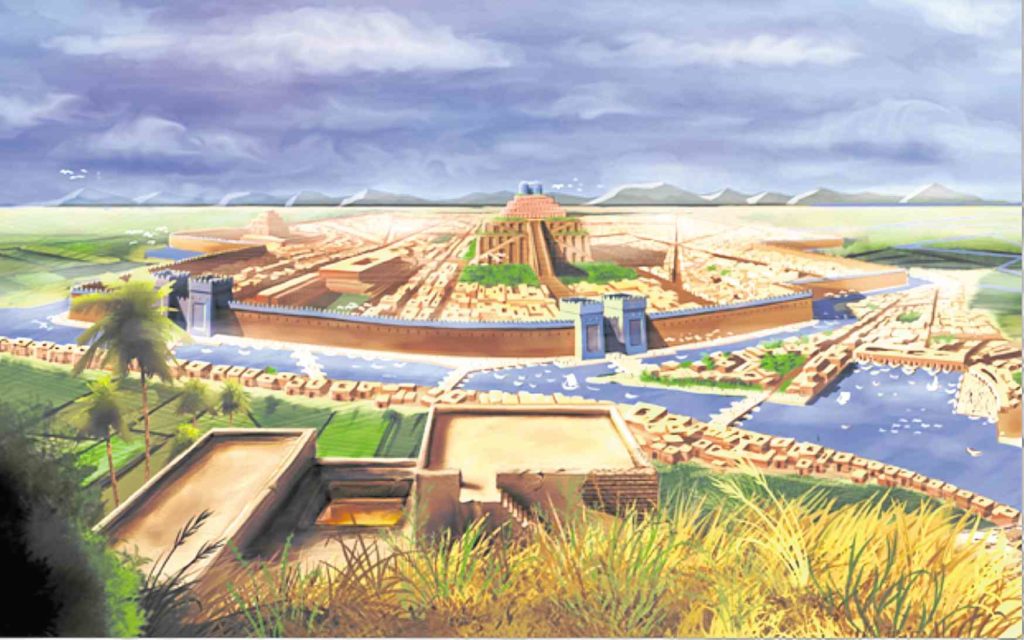
Settlement planning and land management began in the ancient times of Mesopotamia, where the center of city power was the religious government.
Source: https://img06.deviantart.net














